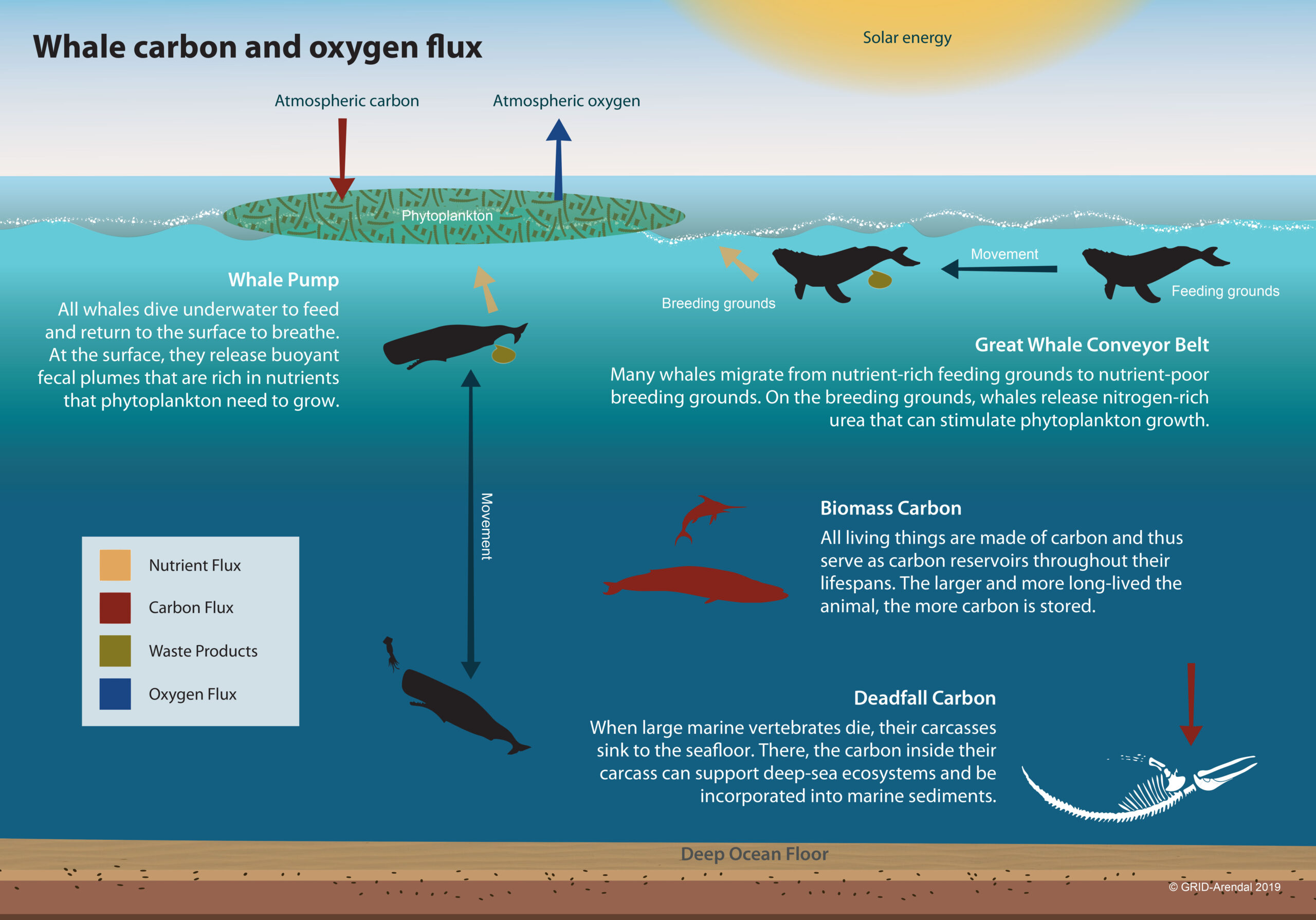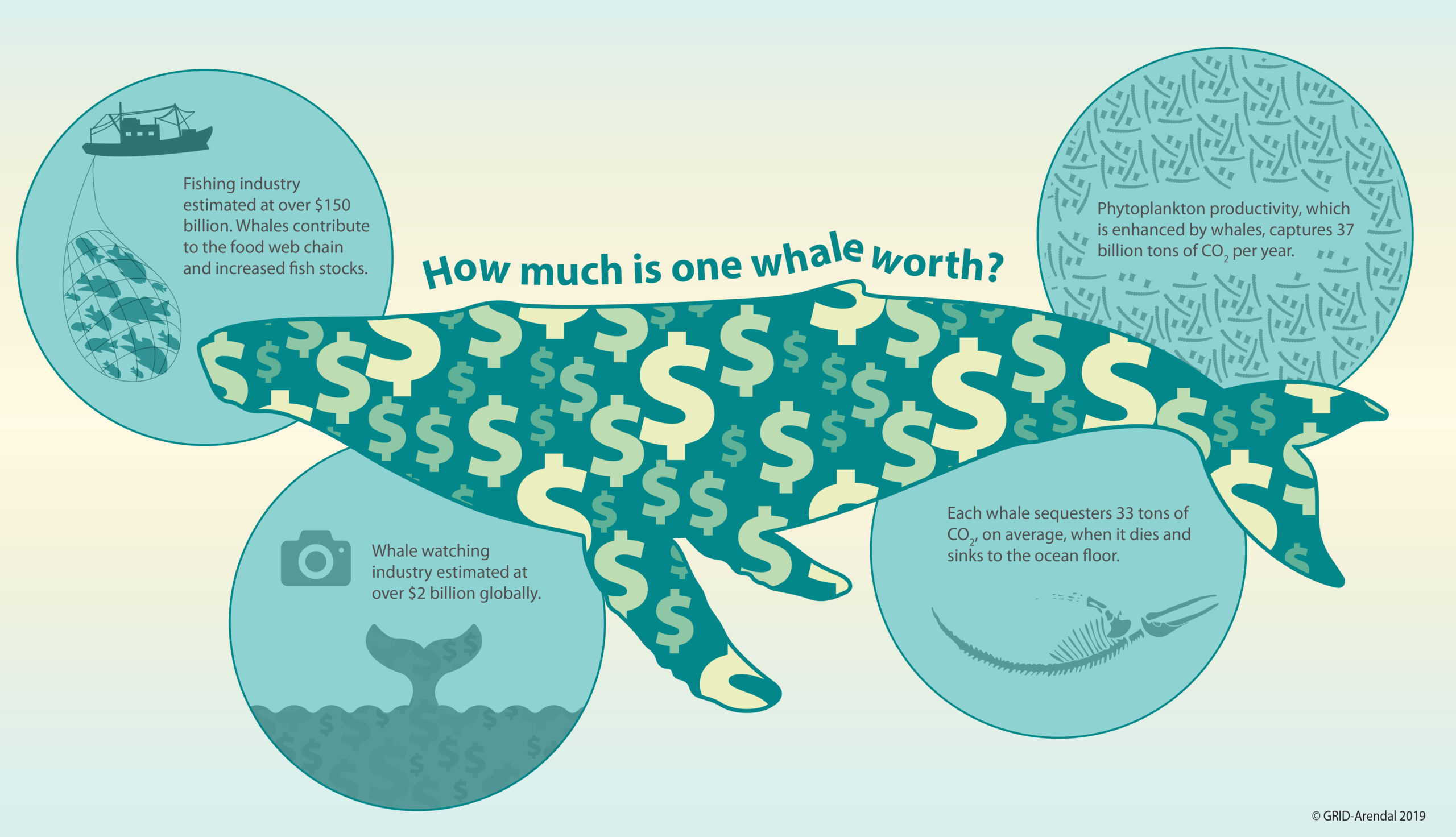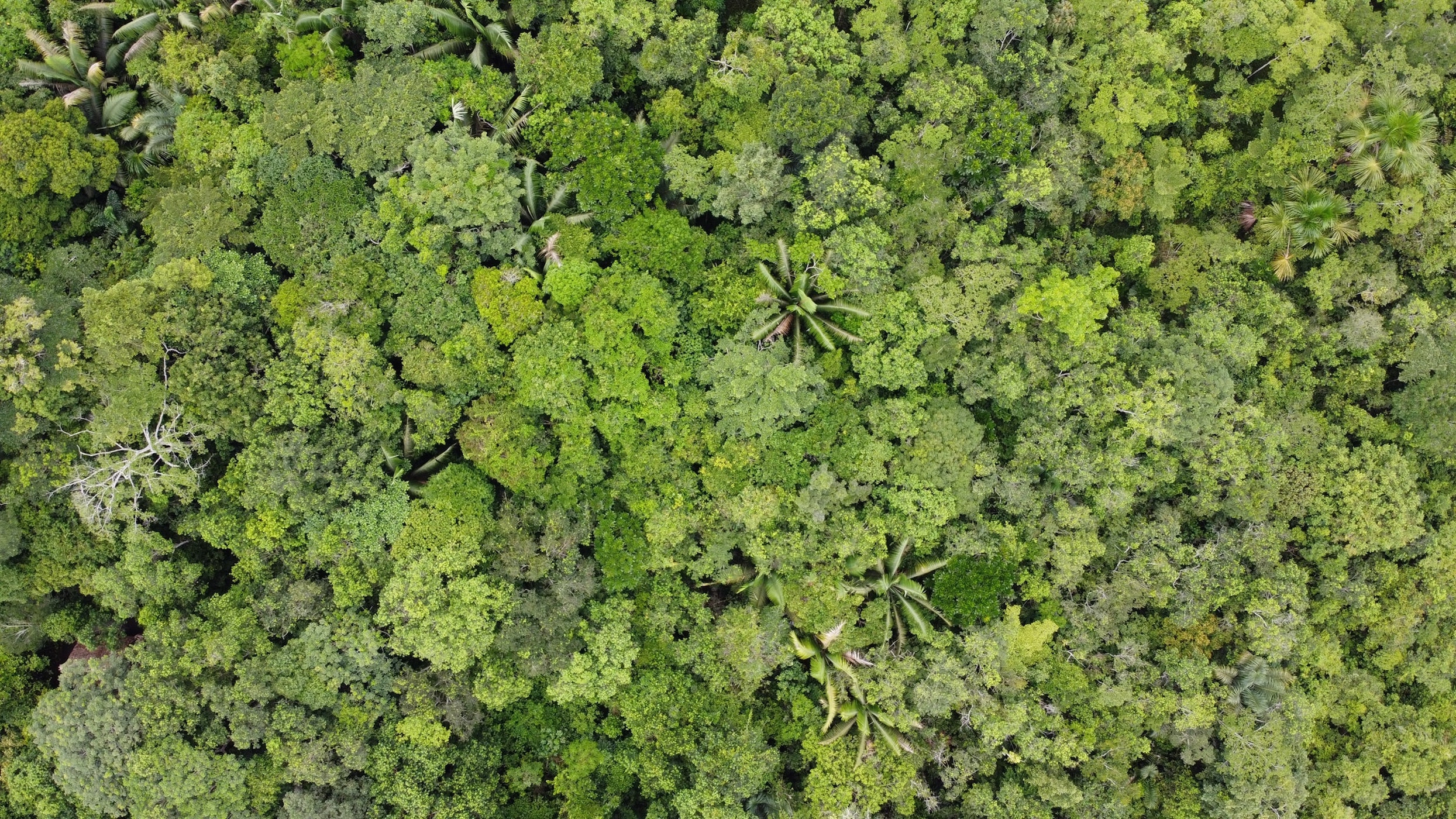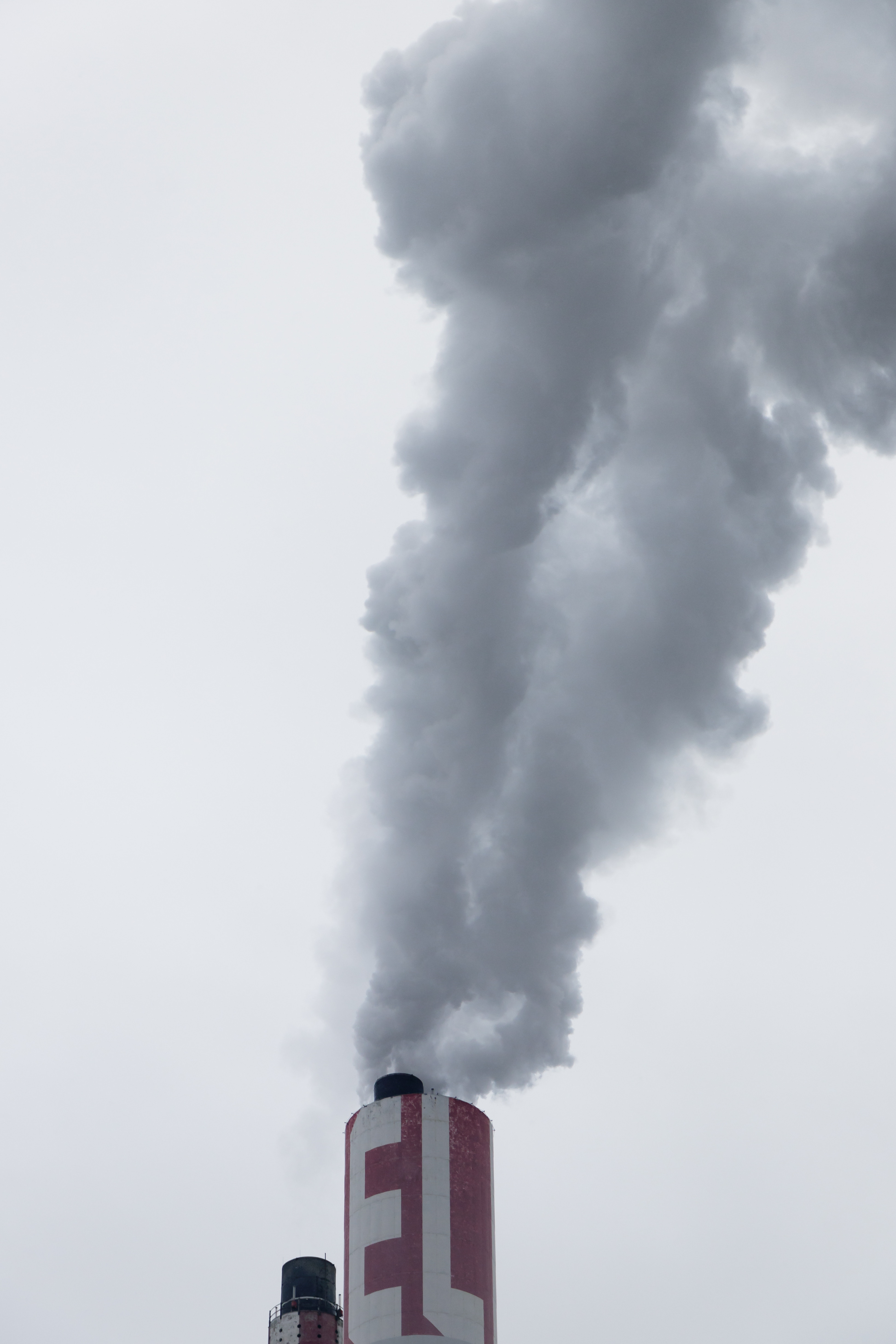Killing the world’s largest animal grew into a global trade in the sixteenth century when Basque whalers developed important technological improvements that allowed for commercial whaling. Since then whales have been driven to the brink of extinction, a process that came to its corollary in the mid 20th century when whalers, anticipating a rise in the price of whale oil due to future scarcity, went after calves, hunted out of season and sailed into sanctuaries. A full-blown frenzy that drove whale numbers to record lows and currently leaves population levels at less than one-fourth of what they were before commercial whaling.
An independent committee of biologists warned in 1964 that Southern Hemisphere whale populations were facing “a distinct risk of complete extinction”, with only 2,000 Antarctic blue whales left swimming in our oceans. By 1974 there remained only 360. A staggering decrease that brought the blue whale face to face with extinction.
Following a massive public outcry, in 1986 the International Whaling Committee (IWC) imposed a global moratorium on whaling, in what is considered one of the great environmental conservation achievements of the century. Since then many whale populations have been recovering, slowly. According to the International Union for Conservation of Nature, in 2018, Antarctic blue whale numbers had increased to 3,000.
Whales are considered a “charismatic species” and as such have been used to pull on peoples heartstrings when advancing environmental goals and conservation efforts. Drawing on touching aspects of their behaviours and biology environmentalists were able to galvanize the international community against whaling. Some whale languages are as complex as our own and the brains of sperm whales are six times larger, containing more Von Economo neurons (the cells responsible for emotion and language). Just listening to the 1970s Album, Songs of the Humpback, is enough to get an idea of the complexity of their language and emotions and it is impossible not to feel an intimate connection to these primordial beings.
Whales and Climate change mitigation
Recently, the plight of whales has also been linked to climate change mitigation. Most notably, whales are seen as important regulators of carbon levels in our atmosphere and living examples of the effectiveness of nature based solutions, which can ensure both human well-being and environmental benefits at the same time.
According to Steven Lutz, director of Blue Climate Solutions, which produced a 2017 report that addresses the role of whales in carbon sequestration, “the main takeaway here is that whales eat carbon, not fish.” The report highlights how the ocean is a fundamental buffer for climate change: it has absorbed around one-third of all carbon dioxide emitted by human activities and most of the 0.6°C global temperature increase experienced over the last 30 years, whilst demonstrating how whales play an important role in this process.

Due to both their size and swimming patterns, whales both increase the ocean’s ability to absorb CO2 and at the same time actually act as living carbon sinks that store CO2 in their bodies (the carbon captured by ocean and coastal organisms is known as “blue carbon”).
Whales store carbon in their bodies both during their lifetime and when they die. Their carcasses sink to the bottom of the ocean trapping carbon which is unlikely to re-emerge for millennia. A 2010 study posits that eight types of baleen whales, including blue, humpback, and minke whales, carry 30,000 tonnes of carbon to the bottom of the sea each year. The authors also go on to stipulate that if whale populations returned to their former glory this carbon sink would increase by 160,000 tonnes a year.
Phytoplankton captures approximately four Amazon rainforests worth of CO2 each year. In this regard, even a 1% increase in phytoplankton productivity caused by whale activity would have a significant effect on global carbon sequestration.
Not only do they store carbon in their bodies passively, whales also increase the ocean ecosystem’s ability to store additional carbon. Through the very process of swimming and diving as well as excreting faeces, whales increase the level of nutrients on the ocean surface, notably iron and nitrogen, which in turn boosts the growth of phytoplankton and marine plants that generate energy through photosynthesis, and in the process remove carbon from the atmosphere. In fact, further studies indicate that the 12,000 sperm whales in the Southern Ocean help capture 200,000 tonnes of carbon per year by stimulating phytoplankton growth and death through their iron-rich defecations.
Phytoplankton is hugely important to marine ecosystems but also to our environment. These microscopic creatures are believed to play a fundamental role in the generation of at least 50% of all oxygen found in the atmosphere, whilst at the same time capturing about 37 billion metric tonnes of CO2, which amounts to 40% of all CO2 produced. To put this into perspective, phytoplankton captures approximately four Amazon rainforests worth of CO2 each year. In this regard, even a 1% increase in phytoplankton productivity caused by whale activity would have a significant effect on global carbon sequestration.
How much is a whale worth
A recent study, led by Ralph Chami, assistant director of the IMF’s Institute for Capacity Development, has sought to put a monetary value on the contribution that whales can give to the environment. In a similar way as the REDD mechanism ascribes value to forests and pays countries for not cutting them down, the study seeks to change the way we think about whales by quantifying the benefit they provide us and the environment in monetary terms.

Chami’s study uses an “if, then” approach which involves looking at how much carbon would be captured if the world’s current population of great whales enhanced marine phytoplankton by about 1% globally. He believes that if we are able to calculate their contribution to CO2 sequestration accurately then whales could be used to reach climate objectives and may even be included by island nations when establishing their NDCs. This would provide both a boost in conservation efforts and towards reaching the Paris Agreement climate objectives.
However, a major sticking point revolves around establishing exactly how much whales actually contribute to carbon sequestration. According to scientists such as Joe Roman, a conservation biologist at the University of Vermont, the actual impact of whales on phytoplankton is not entirely clear. Although scientists have made some progress in identifying how much carbon whales help keep out of the atmosphere there is still much to be done.
It goes without saying that whales are not a fix-all solution to our environmental problems. Even if whale populations were restored to pre-commercial whaling levels and the most optimistic figures are revealed to be true, the total carbon sequestration would still be just a few percentage points of the overall amount of man-made CO2.
In 2015, three hundred and forty-three sei whales (Balaenoptera borealis), a species that is already considered endangered, washed up on the Chilean coast due to a toxic algae bloom associated with rising sea temperatures.
The real added value to applying a financial benefits view on animal conservation, that should in no way detract from their own inherent value, is that it adds to conservation tools and the improvement of living conditions in the ocean and on land. Furthermore, it could boost other similar initiatives such as the ones presented in a recent study in Nature Geoscience that shows how forest elephants in the Congo Basin help their rainforest homes sequester billions of tonnes of carbon.
Whales are still under threat
Although the threat of whaling has, to a certain extent, subsided whales are increasingly facing direct and indirect impacts from climate change. These include warming oceans, man-made sounds, a disrupted food chain, climate-induced human activity, and increased competition for food. Furthermore, non-climate stressors such as entanglement in fishing nets, ship strikes and pollution such as plastics and chemicals are also significant threats to whale population levels. So much so that the IWC now includes these impacts, as well as competition with fisheries, as part of their areas of intervention.
The IPCC Special Report on Ocean and Cryosphere in a Changing Climate (SROCC) also confirms that “Ocean warming has contributed to observed changes in biogeography of organisms ranging from phytoplankton to marine mammals (high confidence), consequently changing community composition (high confidence), and in some cases, altering interactions between organisms (medium confidence).” This could have dire consequences on both phytoplankton levels and whale populations.
Ecologists indicate that climate change associate events could even threaten some whales with sudden extinction. In 2015, three hundred and forty-three sei whales (Balaenoptera borealis), a species that is already considered endangered, washed up on the Chilean coast due to a toxic algae bloom associated with rising sea temperatures. According to scientists, sei whales could be “among the first oceanic megafauna victims of global warming.” Linking climate change mitigation to whale conservation could provide a much needed boost to solving both these crises.






